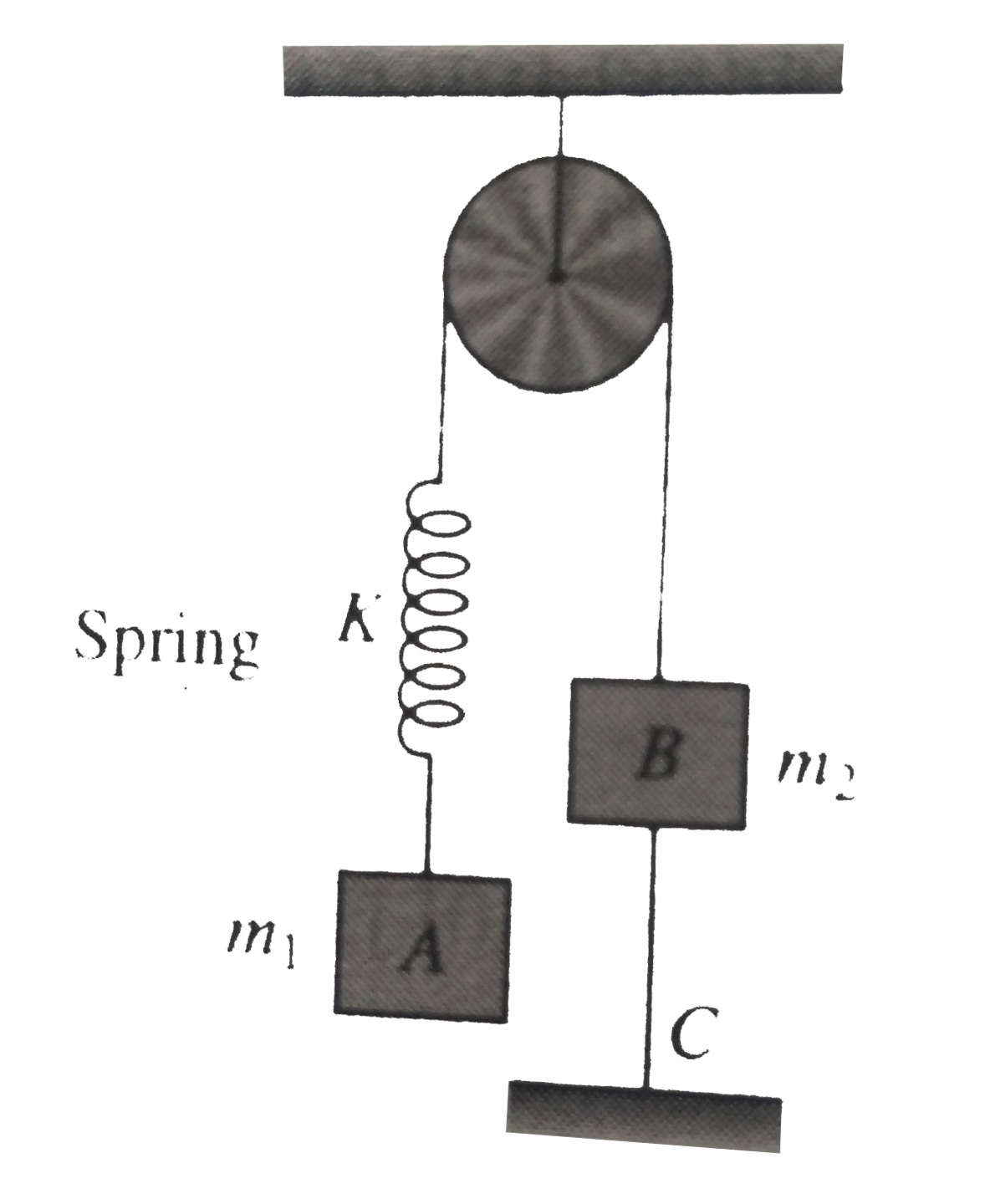A
B
C
D
Text Solution
Verified by Experts
The correct Answer is:
Topper's Solved these Questions
Similar Questions
Explore conceptually related problems
Knowledge Check
CENGAGE PHYSICS-NEWTON'S LAWS OF MOTION 1-Linked Comperhension
- In the system shown in fig. m(1) gt m(2) . The system is held at rest ...
Text Solution
|
- In the system shown in fig. m(1) gt m(2) . The system is held at rest ...
Text Solution
|
- In the system shown in fig. m(1) gt m(2) . The system is held at rest ...
Text Solution
|
- Two block A and B of masses 1kg and2kg respectively are connected by ...
Text Solution
|
- Two block A and B of masses 1kg and2kg respectively are connected by ...
Text Solution
|
- Two block A and B of masses 1kg and2kg respectively are connected by ...
Text Solution
|
- A ball of mass 0.2 kg travelling in a straight line with a speed of m/...
Text Solution
|
- A ball of mass 0.2 kg travelling in a straight line with a speed of m/...
Text Solution
|
- A ball weighing 10g hits a hard surface vertically with a speed of 5m/...
Text Solution
|
- In the system shown in fig., m(A)=4m, m(B)=3m, and m(c)=8m. Friction i...
Text Solution
|
- In the system shown in fig., m(A)=4m, m(B)=3m, and m(c)=8m. Friction i...
Text Solution
|
- In the system shown in fig., m(A)=4m, m(B)=3m, and m(c)=8m. Friction i...
Text Solution
|
- In the system shown in fig., m(A)=4m, m(B)=3m, and m(c)=8m. Friction i...
Text Solution
|
- Study in fig. and answer the following questions accordingly. Neglect ...
Text Solution
|
- Study in fig. and answer the following questions accordingly. Neglect ...
Text Solution
|
- Study in fig. and answer the following questions accordingly. Neglect ...
Text Solution
|
- Three blocks A, B, and C of masses 3M, 2M, and M are suspended vertica...
Text Solution
|
- Three blocks A, B, and C of masses 3M, 2M, and M are suspended vertica...
Text Solution
|
- Three blocks A, B, and C of masses 3M, 2M, and M are suspended vertica...
Text Solution
|
- In fig, all the pulleys and strings are massless and all the surfaces ...
Text Solution
|

